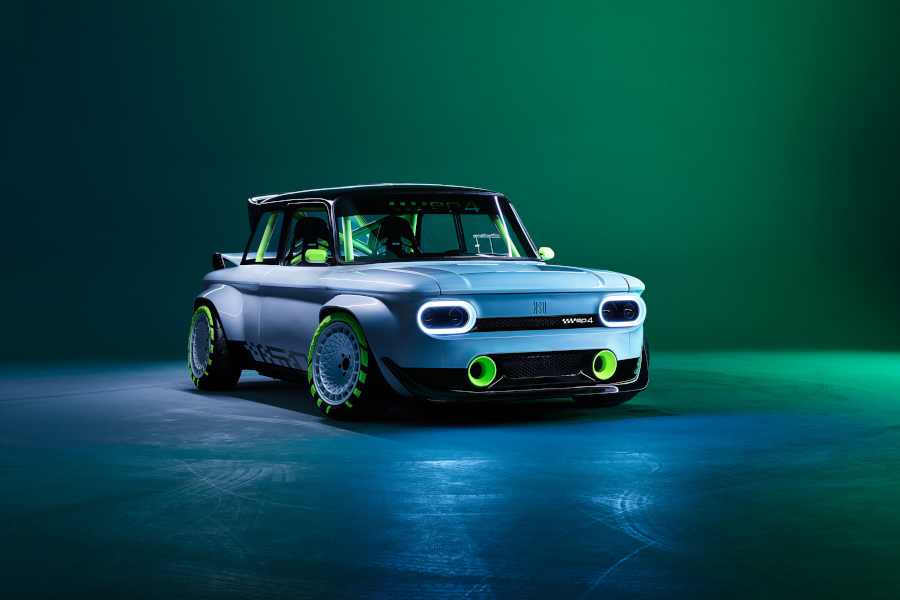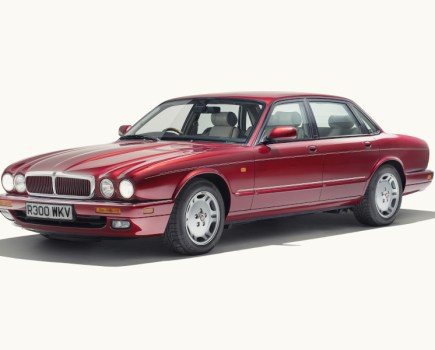We chart the rise and fall of the entry-level small Audi, from 50 to A1 and beyond
Asked to define the modern Audi brand, ‘big’ and ‘heavy’ might be two of the less offensive terms which spring to mind.
It wasn’t always like that though and alongside today’s 2.5-tonne EVs and lumbering Q8s, Audi has also brought us some of the most significant small cars in motoring history.
In fact, the genesis of the small Audi predates the creation of the modern day Audi brand, being the work of NSU which combined with Auto Union under Volkswagen ownership to become Audi NSU Auto Union in the 1960s.
Famed as a motorcycle maker, it was NSU which gave the world the Prinz, a rear-engined giant-killer not unlike a larger version of our own ill-fated Hillman Imp. Well, if you squinted hard enough.
The first postwar car to be produced by NSU’s Neckarsulm factory, the Prinz was a modern monocoque-bodied car, its motorcycle heritage obvious in its two-cylinder air-cooled engine and was a big seller for NSU. In 1963 it would evolve into a four-cylinder model featuring an advanced (for the time) overhead camshaft engine which in top models produced over 80bhp, making the NSU 1000 (as it was known by then) quicker than many sports cars.
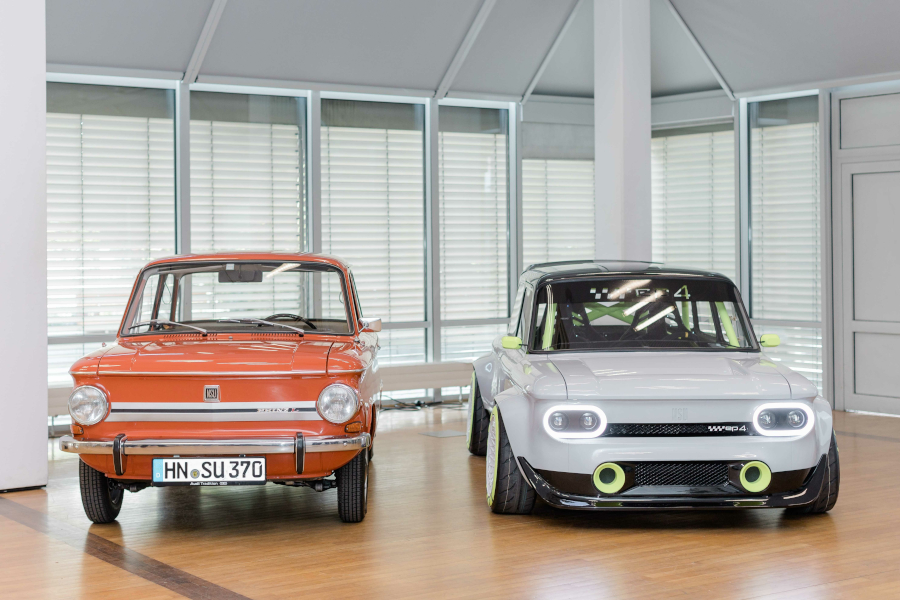
The Prinz would be axed when NSU became part of Volkswagen and the Neckarsulm plant was turned over to production of Audi-badged cars. Most notable of these was a car which would go on to be marketed as a Volkswagen: the Audi 50, which would later become the VW Polo, today one of the Wolfsburg giant’s longest-lived model names.
Launched in the summer of 1974, the Audi 50 was very different from the Prinz, but was very much a product of the innovative NSU company rather than conservative master Volkswagen, which even as the car entered development was still clinging to the rear-engined, air-cooled cars.
Created by Marcello Gandini at Bertone and by in-house NSU stylist Claus Luthe, who had been responsible for previous NSUs from the Prinz to the Ro80, the new car was developed under Audi engineering chief Ludwig Kraus, using water-cooled OHC engines and front-wheel drive with the now-familiar MacPherson strut and rear beam axle layout.
Even in 1974 Audi was a cut above Volkswagen in image terms and the new car was marketed on its refinement and specification, with interior trim quality some way above the class norm for the time.
For its first six months the baby Audi enjoyed the market to itself, but in March 1975 it was badge engineered into the Volkswagen Polo. Less well equipped but crucially, far cheaper, the Polo would be the bigger seller by far and by the summer of 1978 the Audi would be discontinued after just 180,828 had been produced.
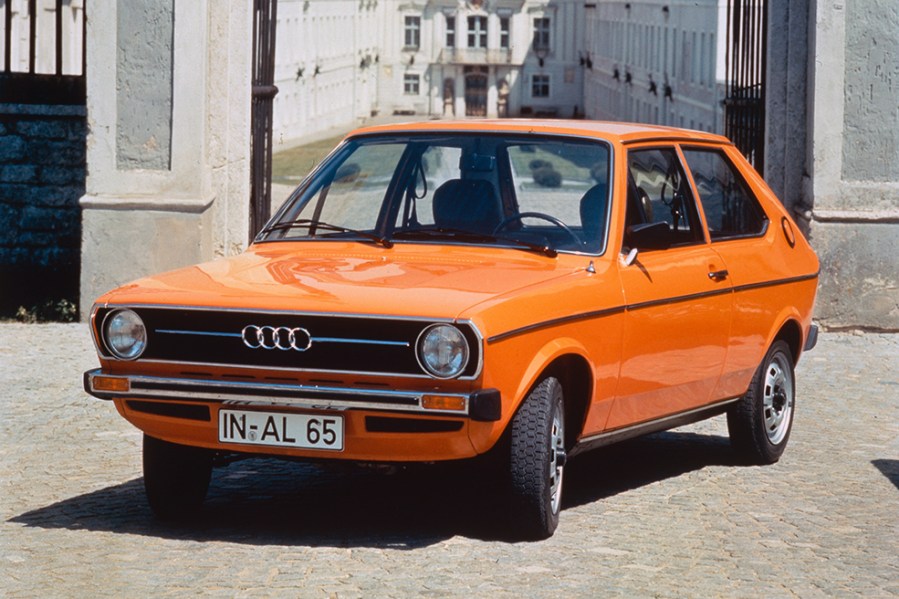
At this point Audi withdrew from the small car market and would be absent from it until the new millennium. It was perhaps no coincidence that the much-hyped new Mini was on the horizon and BMW’s plans for its MINI brand had seen a resurgence of interest in premium small cars. Naturally, Audi fancied a piece of the action too, but rather than relying on hackneyed heritage and Union Jack graphics, went for a high-tech approach.
The result was the car which was previewed as the AL2 concept in 1997 and which entered production as the Audi A2 in 1999.
As innovative as the MINI was derivative, the A2 majored on weight saving and efficiency thanks to the extensive use of aluminium, a technique pioneered by the Audi A8. Ironically, Audi chose to base its aluminium engineering ‘Competence Centre’ in its Neckarsulm site, the former NSU plant.
Engineers claimed at the time that the Audi Space Frame system produced a vehicle some 40 per cent lighter than conventional steel construction but with all the convenience and safety kit demanded in a modern car, the target weight of 900kg – little more than an Elise – was a tall order.
They managed it though and in its UK-market 1.4i petrol spec the A2 weighed in at 899kg with half a tank of fuel.
Its construction was similar to the larger A8, with some clever design incorporated in the bodyshell: for example, the entire body side from A-pillar to tailgate was produced from a single piece, fewer joins meaning improved precision and rigidity.
The car was narrow and tall, at least by Audi standards, but some crisp design work by Peter Schreyer (later of Kia fame) gave it a unique, high-tech look with a Bauhaus theme similar to the TT.
Audi continued the minimalist design by taking a leaf out of Apple’s book and telling the buying public what they wanted… or in fact what they didn’t want: the A2 had no traditional opening bonnet, simply a small flap in the nose to access fluid checks.
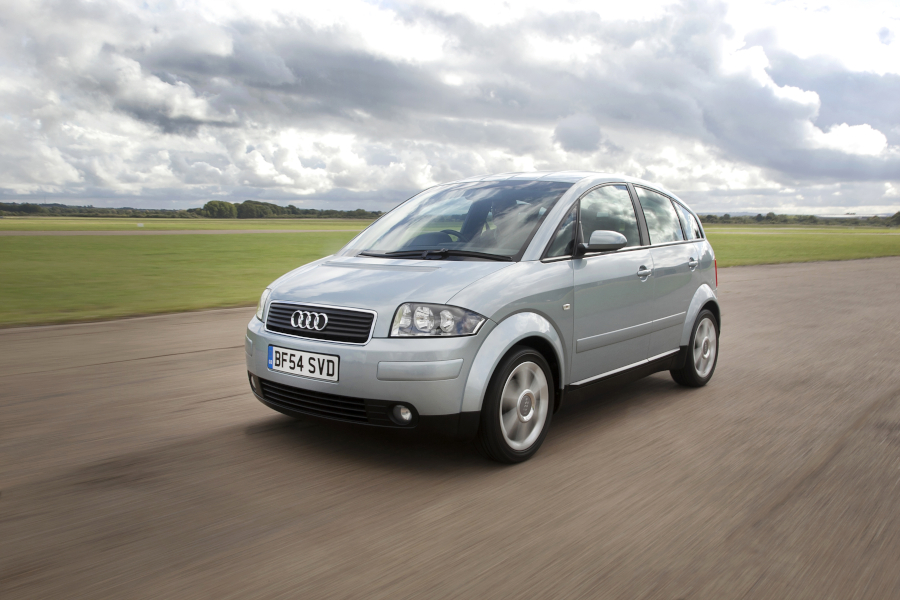
There was predictable outcry about the age of the throwaway car alongside conspiracy theories about forcing you to the Audi dealer but the reality was that the bonnet could easily be unclipped and the engine accessed as usual.
Here in the UK, the Audi A2 was merely an interesting curiosity, although an unusually economical one. Over in Europe though, the full potential of the ground-breaking design was realised, since continental buyers could choose the 1.2-litre TDI, also known as the ‘3-litre car’ on account of its 3 litres per 100km economy – or in old money, a staggering 103mpg. And remember, this was 20 years ago.
Sadly, this kind of innovation didn’t come cheap and where the extra cost of the aluminium construction could be accommodated in the big A8’s price tag, it’s rumoured that Audi lost money on every A2 it made. All of which explains why the model wasn’t directly replaced when production ended in 2005.
Once again, Audi would withdraw from the small car market but in 2010 the ghost of the Audi 50 reappeared in the shape of a VW-based car: the Audi A1. Using the PQ25 platform also found under the contemporary Polo, Skoda Fabia and Seat Ibiza, the A1 was as conventional as the A2 had been daring but of course was entering a car market which was notably different from that faced by the A2 just a generation previously.
In fact, a repeat of history duly appeared when Audi chief Markus Duesmann announced in 2021 that the second generation A1 wouldn’t be replaced when it reached the end of its life cycle – something which is due imminently – essentially owing to the difficulty in turning a profit on small cars.
There is however a glimmer of hope in the EV concept revealed last year. Created by apprentices at the Neckarsulm plant where the 50 and A2 were born, it’s a neat creation in the retromod style and looks just like an updated Prinz for the electric age. As the adverts said, “Fahre Prinz und du bist König” – drive a Prinz, and you’re a king.
